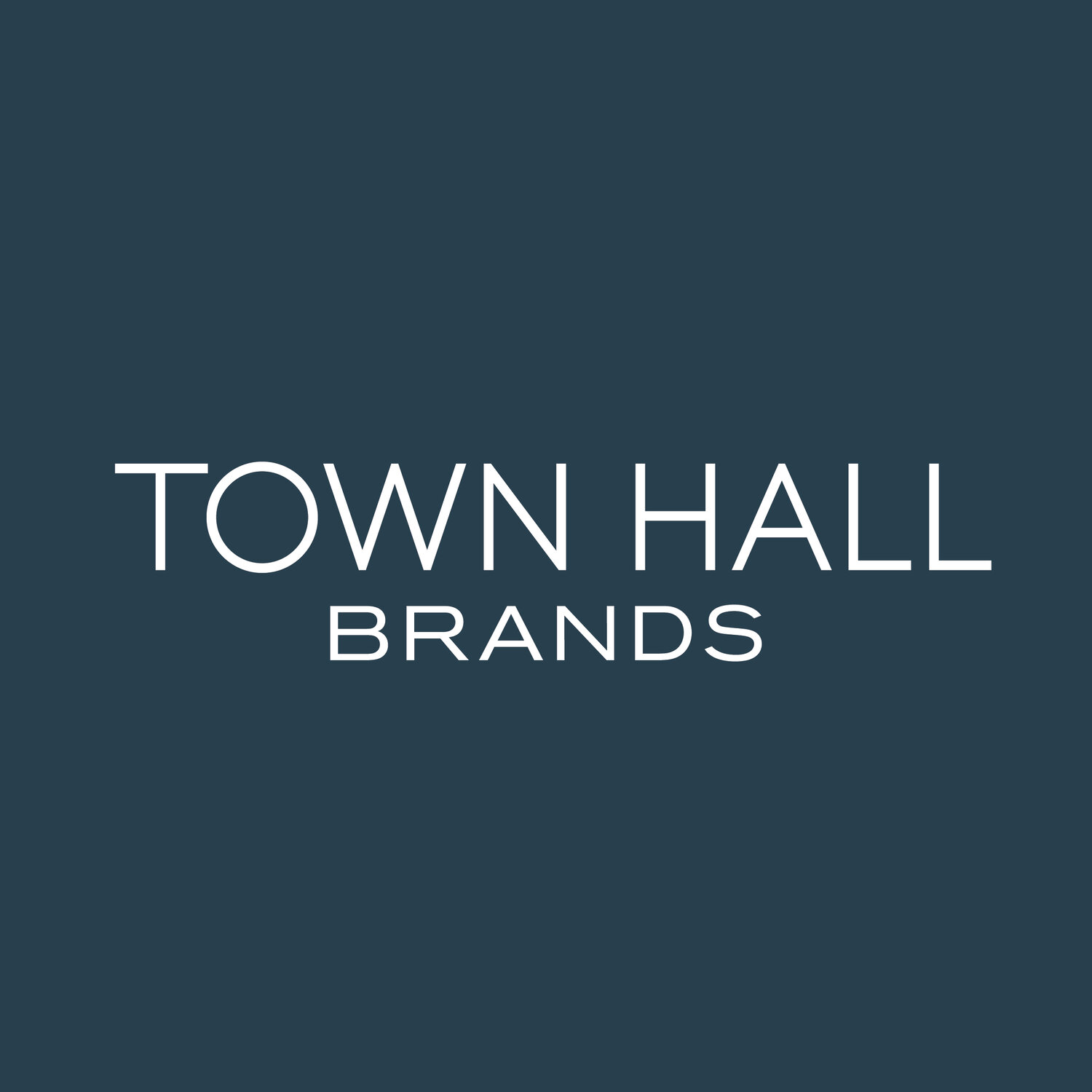We are proud to represent amazing wineries that take sustainability seriously. In honour of #EarthDay, here is how Blue Grouse Estate Winery in Duncan, BC is aiming to leave their property a better place than it was found for generations to come.
1. It starts before you walk in:
The parking lot pond was constructed to collect the runoff from the building and provide water for irrigation. It has become a thriving riparian zone teeming with wildlife – birds, insects, snakes and frogs live there.
credit Dave Bain photography
2. Save the beasts, birds and bees!
Blue Grouse has set aside a 10 acres Nature Reserve around Patrolas Creek, which traverses the property. It is home to many plant, mammal, bird, reptilian and insect species. Furthermore, in partnership with Lenora Bees, the winery home to more than 30 beehives that help pollinate their plants and those of neighbors. The biodiversity at Blue Grouse is beneficial for the vineyard and the community as a whole.
3. What you can’t see:
The potable water is drawn from an on-site well. After use, winery and domestic wastewater are processed through a series of in-ground bioreactors. These serve to adjust the pH, aerate and filter the water prior to returning it to the aquifer. However, they don’t stop there. The roads and parking areas are not paved in order to aid water conservation. This allows between 5% and 10% of rainwater to soak into the ground and help recharge the aquifer rather than make its way to the Pacific Ocean.
4. Locally sourced:
Blue Grouse sources locally to the extent possible. Most of the building materials used to construct the tasting room and crush pad were from British Columbia. This supports the local economy and reduces the transportation footprint.
credit Derek Ford
5. Green architecture:
The tasting room is illuminated by the thoughtful placement of windows that keep the heat from the sun out during summer and allow it to naturally warm the concrete floor throughout the winter. The barrel and sparkling wine rooms are underground to take advantage of earth’s natural cooling potential, moderate temperature fluctuations and reduce the need for mechanical cooling. Mechanical systems capture unused energy from heating and cooling to increase efficiency and the lighting is controlled by room occupancy sensors to save electricity.
6. Geothermal heating and cooling:
The heating and cooling are provided by an in-ground geothermal loop that transfers energy back and forth from Mother Earth to the building. The wine tanks and concrete floor are hooked into this system.
7. On our way to organic:
A transition from traditional agriculture to certified organic is underway and will be complete by the end of 2023. All of Blue Grouse’s vineyard and winery practices will comply with the Organic Production Systems, General Principals and Management Standards as established by the Government of Canada and will be subject to independent audit.
8. Cover crops for the win!
One of the alternatives for artificial soil correction are cover crops grown around the vines. These plants are selected to improve soil characteristics, prevent erosion and provide nutrients. Healthy soil is the key to healthy vines and high-quality fruit.
9. Composting:
All vineyard waste (grape skins, stems and seeds and pruned vines) is collected in the vineyard or separately in a compost area. The decomposed organic material ultimately returns to the soil to fertilize the vines.
10. More wine, less glass:
Due to its weight, and the need for long-distance transportation, the bottle is a winery’s single biggest greenhouse gas (GHG) contributor. Blue Grouse is addressing this problem by using recycled Eco Glass. Eco Glass uses 25% less glass than a typical wine bottle. It weighs less requiring less fuel to transport it and produces less carbon dioxide in its manufacture. Blue Grouse sources bottles in the Pacific North West and sell most of them within a 100-kilometer radius of the winery further reducing that GHG footprint.
credit Jacqueline Downey Photography
Do you know about other wineries going the extra mile to produce wines sustainably? We’d love to hear other practices that aim to reduce the carbon footprint of winemaking. Let us know in the comments or tag us on social media.
Happy #EarthDay!





